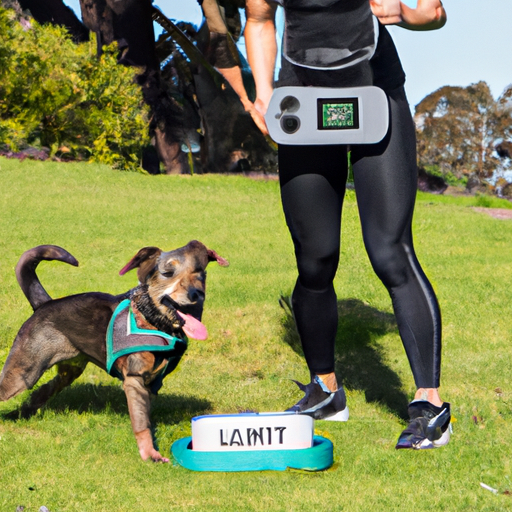As a dog parent, your pet’s health is a top priority. If you’ve noticed that your furry friend is accumulating a few extra pounds, it’s crucial to take steps to help them shed weight. Not only can obesity impact your pet’s quality of life, but it can also lead to serious health conditions.
1. Understanding the Importance of a Healthy Weight
Just like humans, dogs need to maintain a healthy weight to live a happy and long life. Overweight dogs are prone to several health issues like diabetes, heart disease, and joint problems. It’s your responsibility as a caregiver to ensure your dog stays within a healthy weight range.
Here are some potential consequences of obesity in dogs:
- Diabetes: An obese dog is at a higher risk of developing diabetes.
- Joint issues: The extra weight can put unnecessary strain on your pet’s joints, leading to arthritis.
- Decreased lifespan: Studies show that overweight dogs tend to live shorter lives compared to their healthier counterparts.
2. Assessing Your Dog’s Current Weight
Before you can implement a weight loss plan, you need to understand your dog’s current weight status. This involves checking your dog’s appearance and consulting with a vet to get a professional assessment.
Here’s a simple guide on how to visually assess your dog’s weight:
| Body Condition | Visible Attributes |
|---|---|
| Underweight | Ribs, spine, and bones are visible from a distance. There’s no palpable fat. |
| Ideal | You can feel the ribs but they’re not prominently visible. The dog has a noticeable waist. |
| Overweight | It’s hard to feel the ribs under a layer of fat. No visible waist or abdominal tuck. |
3. Creating a Balanced Diet
The next step is to create a balanced, nutritious diet for your dog. It’s important to consult with a vet or a canine nutritionist to ensure the diet meets your pet’s specific needs.
Here are some general guidelines to follow:
- High-quality protein: This should be the main component of your dog’s diet.
- Low-fat content: Opt for foods with a lower fat content.
- Fruits and vegetables: These can be a great source of fiber and nutrients without adding too many calories.
- Portion control: Even a healthy food can contribute to weight gain if given in excess.
4. Increasing Physical Activity
Physical activity is just as important as diet in your dog’s weight loss journey. Exercise helps burn calories and can also be a fun bonding activity for you and your pet.
Here are a few fun activities you can try:
- Going for longer walks
- Playing fetch in the park
- Enrolling your dog in an agility class
- Swimming, if your dog enjoys water
5. Regularly Monitoring Progress
Finally, regular monitoring is crucial to ensure your dog’s weight loss plan is working. Weigh your dog regularly and adjust their diet and exercise regimen as necessary based on the results.
Here’s how to keep track:
- Weigh your dog every week
- Note any changes in behavior or energy levels
- Keep a log of your dog’s weight over time
FAQ
Q: Is it okay to give my dog treats while they’re on a diet?
A: Yes, but opt for low-calorie options and remember to account for the treats in their daily calorie intake.
Q: How long will it take for my dog to lose weight?
A: It depends on the dog’s current weight and how much they need to lose. Consult with a vet to get a more accurate timeline.
Q: What if my dog doesn’t like the new diet?
A: You can try different flavors or mix the new food with their old food initially. If your dog still refuses, consult a vet or a pet nutritionist.
Remember, every dog is unique, and what works for one might not work for another. It’s always best to consult with a vet before making any significant changes to your dog’s diet or exercise routine.



